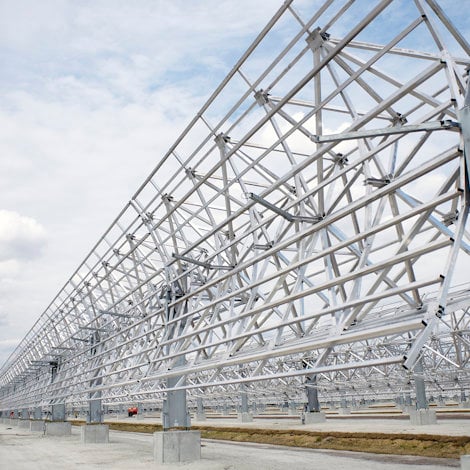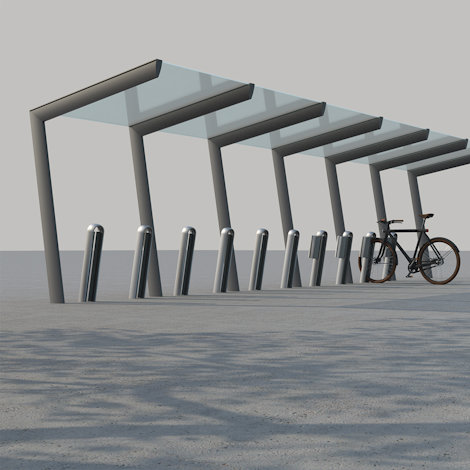How aluminium is supporting historic growth in solar power
A few years ago, I wrote that the EU Solar Energy Strategy was aiming to double the amount of energy generated from photovoltaics by the end of 2025. It appears this is going to happen, and that the historic growth in solar power generation will continue well beyond that. This is good for all of us, not least the aluminium industry.
The photovoltaic (PV) sector, which represents a key aspect of the energy transition, is growing tremendously fast. PV installations, which support decentralized renewable power generation, can be even more impactful if the right material is used in their manufacturing process.
The right material, of course, is aluminium. After all, the World Bank writes that “there is – and will be – no solar power without aluminium, which accounts for over 85% of most solar PV components.”
Indeed, the metal is used in solar module production, solar mounting structures and inverters.
The International Energy Agency also emphasizes that “clean energy transitions will increase the demand for aluminium because many technologies require greater use of aluminium – for example … solar energy (which uses aluminium for various components).”
Solar industry trends, and the role of aluminium
This is what is happening in the solar PV industry, and aluminium’s role in it:
- In 2023, more than twice as much new electricity generation from solar was added around the world as from coal, according to the global energy think tank Ember. The Economist writes that the share of solar within the global energy mix is going to reach 6% in 2024, and that solar cells will probably be the single biggest source of electrical power on the planet by the mid-2030s.
- It took eight years for solar electricity generation to increase from 100TWh per year to 1,000TWh. This is the fastest growth of any source of electricity in history.
- According to an analysis from Ember, solar capacity has boomed due to steep declines in costs, supportive policy environments, technology efficiency improvements, and increased manufacturing capability. It forecasts that electricity demand will grow by 968TWh in 2024 – and that clean electricity generation will grow even more, by adding an estimated 1,300TWh.
- In Europe, the projected twofold increase in solar PV capacity to more than 750 GW by 2030 is going to require an additional 4-10 million tonnes of aluminium. This growth in solar capacity is also going to lead to affordable green electricity for the aluminium industry.
- On average, manufacturing 1 MW of PV capacity requires 21 tonnes of aluminium, according to the data and analytics company Wood Mackenzie. In concentrating solar power (CSP) systems, the intensity of aluminium use is more than twice that amount, around 47 kg per kW.
- In its renewable energy roadmap, the International Renewable Energy Agency (IRENA) estimates that the expected increase in solar capacity globally will lead to an extra global demand of 160 million tonnes of aluminium by 2050. With these numbers, the solar industry’s share of overall aluminium consumption will leap from 3% to more than 12%.
- The International Energy Agency estimates that recycled materials such as aluminium could meet 21% of solar PV demand by 2040. Recycling reduces waste and contributes to a sustainable supply chain for both the solar and aluminium industries.
- A typical solar installation of 10kWp uses around 190 kg of aluminium in the frame and in the support structure. If low-carbon aluminium produced with renewable electricity is used for these components, then the embedded emissions of the aluminium would be five times lower than from aluminium produced with coal-fired power.
- The further Europe progresses with the decarbonization of the electricity grid, the more important it will be to consider the embedded emissions of the aluminium used in the solar systems.
- Our calculations have shown that the environmental break-even period in IEA member countries in Europe for a typical 10kWp solar system takes more than twice as long when aluminium produced with coal-fired energy sources is used for the components compared to low-carbon aluminium produced with electricity from renewable electricity sources.








